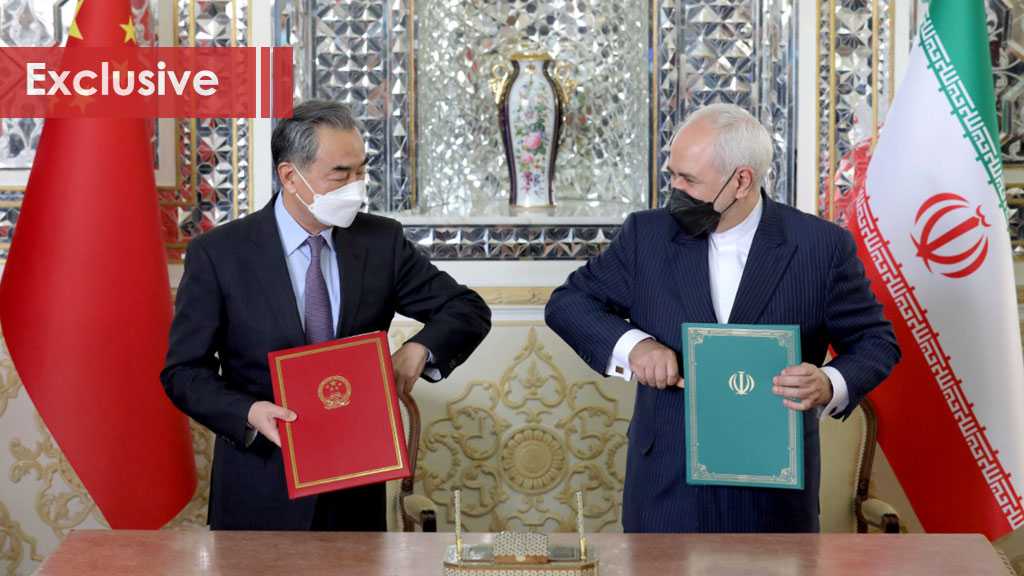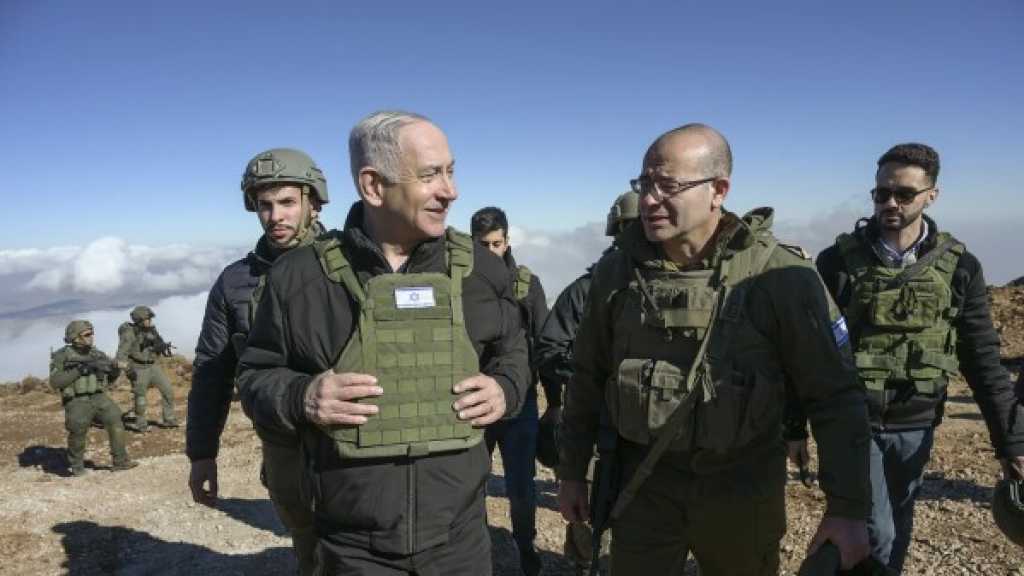
Iran, The Point of Strength in The Strategic Agreement with China

Charles Abi Nader
None of the serious observers of the strategic engagement between the East and the West in general, specially between the Americans and their Western and regional allies on the one hand, and Russia, China, Iran and their allies on the other, imagined that there would be a capacity for the US-led Western camp to succeed in encircling the aforementioned Eastern camp triangle, neither economically, nor politically, nor militarily.
The latest strategic deal between China and Iran confirmed the equation [of the inability of encircling]; it articles, points, and directions it tackled showed that the US-led Western camp, in addition to its failure in imposing its authority in the East, it is indeed close to be encircled itself by the trio of knights of the stated Eastern camp.
From the political-strategic perspective, once the extent and validity of this convention is revealed in broad geography on one hand, or in the future regarding its period [25 years], or in the specialization of the strengths of the two states' economies, especially in fixing a permanent, strong and honest importer of Iran's oil and gas [China], this is enough for the world, especially the Americans, to forget the possibility of and impact of sanctions on Iran and to consider that any pressure on it, no matter how long it may last, will remain ineffective.
From the economic perspective, the aforementioned agreement between China and Iran revealed much strength, and the numbers allocated to finance large-scale projects indicate the magnitude of what awaits economic relations between the two countries. The area of the work sector and the extension of these projects, east, north-east, north-west and south, starting from the western front of this economic front, i.e. from Iran, through its landlines or through its vital ports, are sufficient to predict the size and magnitude of the effects of these projects in terms of trade, industry, business and exchange.
Concerning the military or military-strategic subject, which can be separated from the political and economic ones, where it remains linked to the level of tension of relations and the seriousness of the engagement between the two camps, it can be divided into two main parts:
First: Concerning the possibility that the engagement may lead to a war, this possibility sounds far-fetched. There will be no winner, no loser, no victor, and no defeated, since any military confrontation between these poles [the three most powerful countries including Iran] would be devastating to a wide range of the world's geography. And of course, most parties of this confrontation have sufficient nuclear deterrence or destructive capabilities to cause mass destruction.
Second: Concerning the armaments, the acquisition of qualitative capabilities, and the imposition of control and influence, we can deduce how sensitive is Iran's geographical position and the importance of its specific capabilities and qualitative weapons. This will be a vert strong point serving the interest of this strategic alliance with China as the following:
Concerning military capability:
- Iran has demonstrated, in various confrontations or engagements that took place in the Gulf region, the Arabian Sea and the Gulf of Oman, that it possesses the appropriate deterrence weapons capable of achieving and imposing a strategic balance, including ballistic or winged missiles and from the world’s most advanced unmanned aircraft, as well as the latest maritime capabilities capable of controlling the world’s most sensitive waterway.
- By confronting American units deployed in the region and Washington allies, primarily the ‘Israeli’ entity, Iran has been able to impose a strategic deterrent balance, demonstrated by its units in several incidents where it has been able to outperform, by shooting down, capturing and controlling the most sophisticated American surveillance, espionage and attack aircraft to most naval-sea confrontations in the Gulf, the Strait of Hormuz and the Gulf of Oman, between American and the Islamic Revolutionary Guard units, where all American and non-American military ships or cruisers entering Iranian territorial waters are treated as peers.
Concerning the geographical location:
- Iran's geographical location plays a pivotal role in any strategic engagement or any competition over influence or control between the major powers, as Iran is located on the Gulf and at the entrances to the Gulf of Oman and the Arabian Sea, the most influential connection point between the Mediterranean, the Red Sea and Bab al-Mandab Strait on the one hand, and between the northern Indian Ocean and the South China Sea on the other hand. These marine areas are currently considered the world's most important engagement spot, and most countries that are able to seize them or to own more than one naval fulcrum are competing on them. Iran represents through that position, and as a key partner, the most influential strength in consolidating China's situation and position against the United States of America.
- Additionally, the importance of Iran's geographical location is not limited to strengthening the elements of the alliance with China; Through this distinct geography, Iran represents more than a suitable fulcrum for any similar alliance with Russia, which needs a key supporter from its southern backyard, towards Central Asia or towards the South Caucasus. Iran's position as a partner or as an ally of Moscow is capable of playing a defining and influential role in any confrontation imposed on Russia from the South.
Hence, considering this distinct geographical location of Iran and its effective capabilities, the latter is arguably the most influential strength in the strategic agreement with China or in any similar agreement with Russia.



